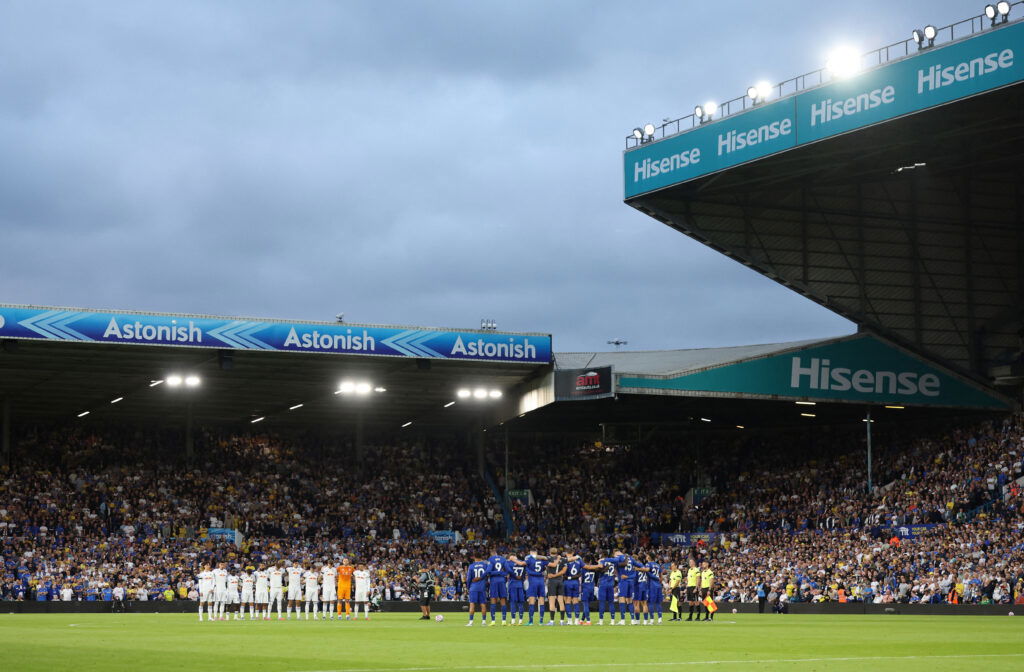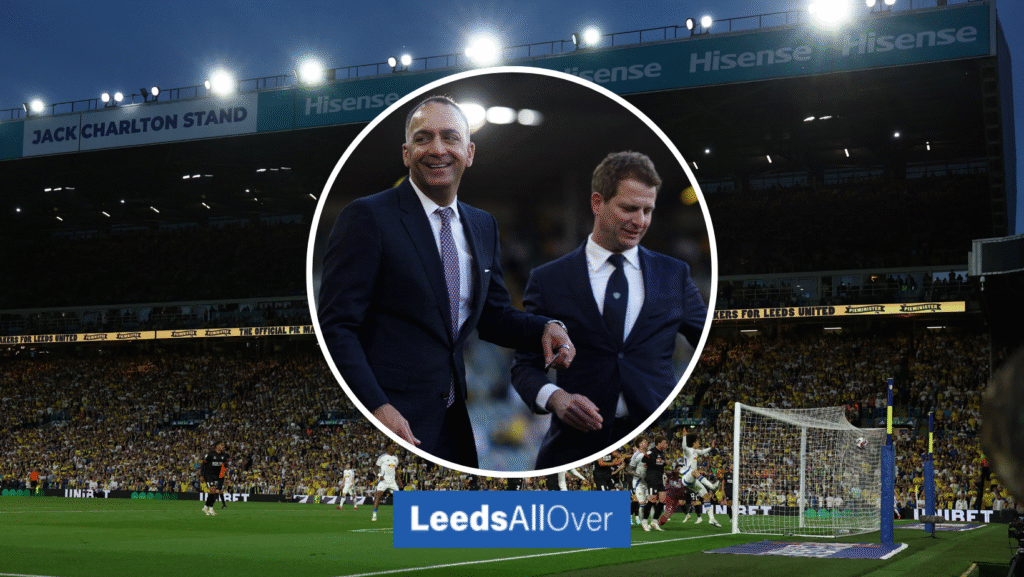The Premier League have confirmed that from the 26/27 campaign onwards, clubs will no longer adhere to PSR, but instead will be tethered to “squad cost” calculations.
Leeds United have enough incentive to stick the landing in the Premier League this season. Their chance of survival still looks okay despite a major dip in form of late.
Should Leeds stay up after this season, they have a huge opportunity to kick on and re-establish themselves in the top flight.
Most Read on LeedsAllOver
Premier League confirm new “squad cost” financial spending chances this week
Last month, I covered that all 20 Premier League clubs were due to vote on drastic proposals to do away with the current PSR structure to limit clubs’ spending. Each club’s threshold currently stands at a maximum loss of £105million during three-year cycles – but less for clubs who have spent time in the EFL (Leeds and others).
The Premier League have now confirmed that the vote has taken place. The clubs have agreed to implement Squad Cost Ratio (SCR) and Sustainability and Systematic Resilience (SSR), effective from 2026/27 onwards.
 The Premier League have introduced new Squad Cost Ratio rules. (Action Images via Reuters/Andrew Boyers)
The Premier League have introduced new Squad Cost Ratio rules. (Action Images via Reuters/Andrew Boyers)
A brief explainer came alongside the statement, firstly on Squad Cost Ratio:
“Squad Cost Ratio is a financial regulation that limits Premier League clubs’ on-pitch spending to 85% of their football-related revenue and net profit/loss from player sales. Clubs have additional headroom available to exceed the 85% threshold under the SCR system.
“Squad costs cover player and head coach wages, agents’ fees and amortisation or impairment of transfer fees. Amortisation in football is the process of spreading a player’s transfer cost over the length of their contract, while impairment in this context means if the value of a player’s registration is less than what was originally paid for them due to a range of factors, such as injury, performance or relegation.”
Alongside the costs incurred by the club in rebuilding the squad, it’s also outlined what revenue is calculated to give a threshold for how much each club can spend:
“In relation to SCR, football-related revenue relates to a club’s total earnings from football operations. It encompasses both the income that clubs generate themselves and the revenues distributed by the League and other football competitions.
“For example, club-generated revenues come from sources including commercial revenues, matchday revenues and net profits from non-football events hosted at their stadiums, such as concerts.”
How does Squad Cost Ratio affect Leeds United’s current situation?
At the moment, SCR does nothing to change Leeds’ planning for the seasons ahead. The sole objective has been staying put in the Premier League for the first season, and then building from there.
Interestingly, Beren Cross reveals Leeds were one of six clubs that voted against the new setup. It’s claimed Leeds would have preferred tweaks to the setup to be fully on board, but are content still:
Leeds among six clubs to vote against new system. Club hoped there would be a group big enough to force through amendments to it, but momentum didn’t materialise.
They’re generally content with the new rules and adhering to them, but wanted to tweak them where possible. #lufc https://t.co/6DPJzEM6Nv
— Beren Cross (@BerenCross) November 21, 2025
However, a shift from PSR to SCR does seemingly bring benefits to a club like Leeds. That’s because there’s a much greater emphasis on a club’s revenue potential. That facet continues to rank Leeds in the top clubs across England and Europe.
 Leeds United will look to maximise Elland Road’s potential to benefit from Squad Cost changes. (REUTERS/Scott Heppell)
Leeds United will look to maximise Elland Road’s potential to benefit from Squad Cost changes. (REUTERS/Scott Heppell)
Back in September, it was revealed that United were projecting a 25/26 revenue total of £262million. Such income would have Leeds 19th in the world for revenue based on Deloitte’s projections. As a result, they’d be above Brighton, Crystal Palace, Fulham, Wolves and notable European giants too.
In turn, it should improve United’s potential to bridge the gap to sides above them in the food chain. Leeds could well leapfrog multiple mid-table sides through the club’s impressive revenue streams.
Of course, maximising fees for saleable assets is another avenue United and their Premier League rivals would utilise to boost their spending power.
If we’re to take the estimate based on Leeds’ £262million revenue projection, 85% of that would leave United with £222.7million to spend on their squad. That’s fees, wages, agent fees, and amortisation.
On top of this, SCR calculations are on a yearly cycle, as opposed to PSR being across three years. Leeds, this year, are saddled with two years of losses as an EFL club prior to their current Premier League season. In the new rules, they would only have to focus on their year-by-year revenue. Thus, Leeds would be leaving behind Championship losses in an instant.
What do Leeds United need to do to maximise their chances of success under new Squad Cost Ratio rules?
Of course, survival was vital anyway. But, it becomes even more important when seeing how the rule change could benefit United over others.
Staying up this season would ensure Leeds are continuing to grow their revenue and thus their spending power in turn. Leeds are projecting £271million in revenue if they make it to a second Premier League campaign.
Another vital influence on Leeds’ financial clout would be their stadium and a forthcoming expansion. As noted above in the statement, matchday revenue from the stadium forms a huge part of the calculations, as do non-football events.
Should Leeds transform Elland Road into a 53,000-seater, it becomes one of England’s elite stadia. Not only does that improve matchday income, but also potential for events outside of Leeds United.
Those with stadiums that aren’t up to Elland Road’s standards might find it tougher to spend as much without considering player sales.
